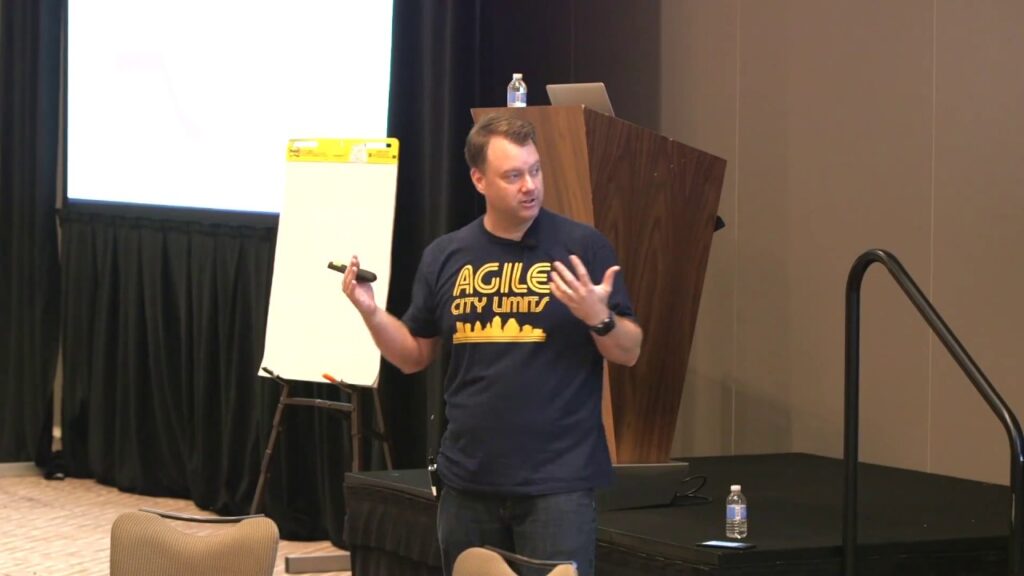Practical Guidelines For Scheduling Scrum Events

This is the second half of our short series on Scrum events. Check out the first post explaining the necessity of Scrum events, including the impact if they were not to occur. We get a lot of questions on when Scrum events should happen. While there is no one-size-fits-all, the following is my advice.
Scrum Events Are Necessary (And Not Evil)

In Scrum, there exists a general confusion about the Scrum events or meetings: when they happen, who attends and why they exist. The last question comes up…a lot. There will be resistance to “all the overhead” of Scrum, meetings included. In order to convince others to participate in Scrum events, you can’t just say, “those […]
Path To Agility: Adoption Patterns To Overcome Pitfalls – Keep Austin Agile 2016 [Video]

Where are you on the Path to Agility? In a presentation for Keep Austin Agile 2016, David Hawks explained each phase of the Path to Agility journey including examples of typical challenges encountered along the way. Apologies for the abrupt pause in the middle of the video…a fire drill caused us to evacuate. Thankfully, the […]
Path To Agility® Pt. 2

Don’t forget to read part one of this blog series here: Path to Agility® Part 1. Whether it’s to improve quality, shorten time to market, or increase the customer value of the products delivered, there are many benefits to true, lasting organizational Agility. But there are many facets and steps an organization takes during their […]
Path To Agility® Pt. 2

Don’t forget to read part one of this blog series here: Path to Agility® Part 1. Whether it’s to improve quality, shorten time to market, or increase the customer value of the products delivered, there are many benefits to true, lasting organizational Agility. But there are many facets and steps an organization takes during their […]
Path To Agility® Pt. 1

Most organizations adopt Agile in pursuit of one or more of the following: Shorten Time to Market Increase Productivity Improve Alignment with the Business Improve Predictability What we have found through our experience helping organizations with their Agile transformation is that certain elements are needed to achieve these goals. While there is no one path […]
How To Build Trust In The Workplace

Trust is the foundation of building high performing teams. Here are 5 ways to build trust in the workplace.
Agile Transformation Pitfall #9 and #10: Misalignment between the team, customers, and the IT enterprise organization

Since these Agile transformation misalignment pitfalls are straightforward and related to one another, we thought it would be easier to deliver them in one post. These pitfalls are geared more towards the IT Enterprise rather than a product shop but still good lessons to keep in mind. Read the previous posts if you need a […]
Agile Transformations Pitfalls #8: Focusing Only On The Team

And…we’re back to our regularly scheduled program. Before the holiday break, we discussed Agile Pitfall #7, Not Improving Technical Practices. Time for number eight, solely focusing on optimizing at a team level instead of optimizing across the whole organization. How leadership deals with issues raised by the eighth pitfall could mean the start of a […]
Agile Transformation Pitfall #7: Not Improving Technical Practices

Becoming Agile is not just a process change. That’s the first and probably most common misconception–and pitfall–in an organization’s Path to Agility®. There are several facets of an Agile transformation, and a big one is to improve technical practices.
